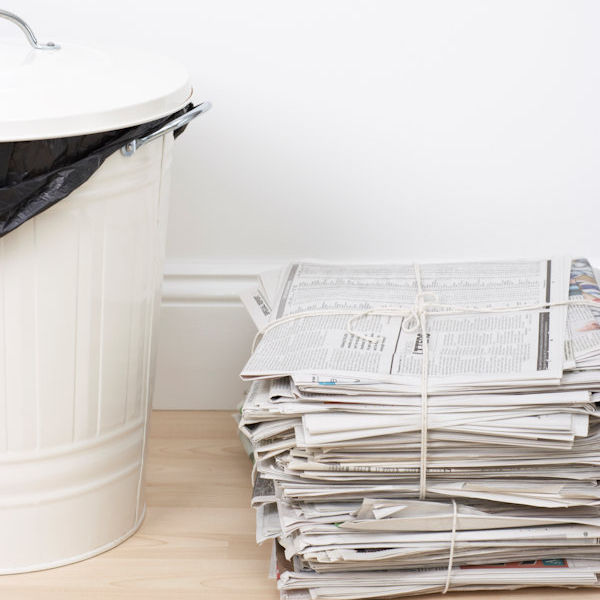Flammable and Combustible Materials
If your workplace contains flammable and combustible materials, the plan administrator should regularly evaluate the presence of those materials.

Certain types of substances can ignite at relatively low temperatures or pose a risk of catastrophic explosion if ignited. Such substances obviously require special care and handling.
Class A Combustibles
Class A combustibles include common materials (wood, paper, cloth, rubber, and plastics) that can act as fuel and are found in non-specialized areas such as offices.
To handle Class A combustibles safely:
- Dispose of waste daily.
- Keep trash in metal-lined receptacles with tight-fitting covers (metal wastebaskets that are emptied everyday do not need to be covered).
- Keep work areas clean and free of fuel paths that could allow a fire to spread.
- Keep combustibles away from accidental ignition sources, such as hot plates, soldering irons, or other heat- or spark-producing devices.
- Store paper stock in metal cabinets.
- Store rags in metal bins with self-closing lids.
- Do not order excessive amounts of combustibles.
- Make frequent inspections to anticipate fires before they start.
Approved fire extinguishing agents for Class A combustibles include water and water mist, Class A-rated dry chemicals, Class A foam, and wet chemicals.
Knowledge Check Choose the best answer for the question.
2-5. Class _____ combustibles can act as a fuel and are found in areas such as offices.
You forgot to answer the question!
